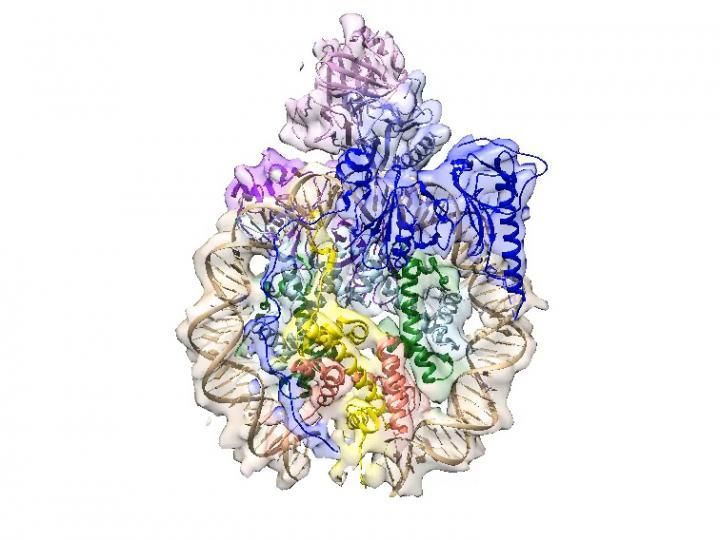Antibiotics might team up to fight deadly staph infections
Advertisement
Researchers at the University of Illinois at Chicago and Israel's Weizman Institute of Science have found that two antibiotics working together might be more effective in fighting pathogenic bacteria than either drug on its own. Individually, lankacidin and lankamycin, two antibiotics produced naturally by the microbe streptomyces, are marginally effective in warding off pathogens, says Alexander Mankin, professor and associate director of the UIC Center for Pharmaceutical biotechnology and lead investigator of the portion of the study conducted at UIC. Mankin's team found that when used together, the two antibiotics are much more successful in inhibiting growth of dangerous pathogens such as MRSA, or methicillin-resistant Staphylococcus aureus, and possibly others. The research results are published in Proceedings of the National Academy of Sciences of the USA. Lankacidin and lankamycin act upon the ribosomes, the protein-synthesizing factories of the cell. A newly-made protein exits the ribosome through a tunnel through the ribosome body. Some antibiotics stave off an infection by preventing the ribosome from assembling proteins, while others bind in the tunnel and block the protein's passage. Through the use of X-ray crystallography, which determines the arrangement of atoms in biological molecules, the Israeli team, led by Ada Yonath, a 2009 Nobel Prize winner, discovered the exact binding site of lankacidin in the ribosome. Mankin's group demonstrated that lankacidin prevents the ribosome from assembling new proteins. However, when researchers realized that streptomyces also manufactures lankamycin, they became curious whether the two drugs might help each other. Biochemical analysis and molecular modeling showed that lankamycin binds in the ribosomal tunnel right next to lankacidin. "What we found most amazing is that the two antibiotics appeared to help each other in stopping pathogens from making new proteins and in inhibiting bacterial growth," Mankin said.

















































